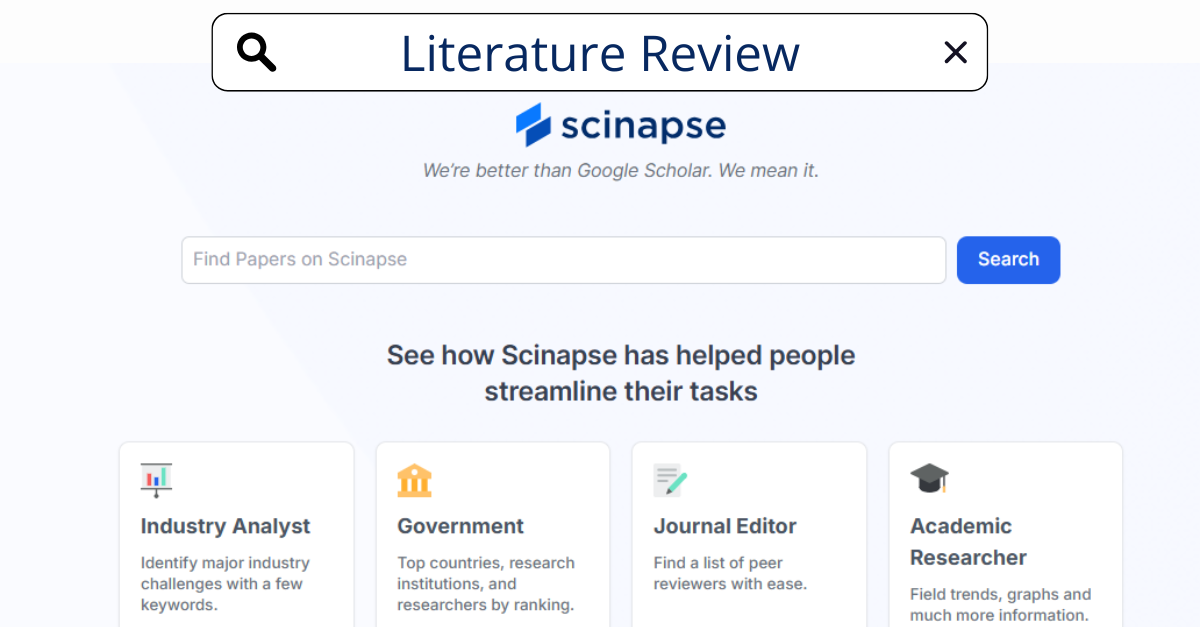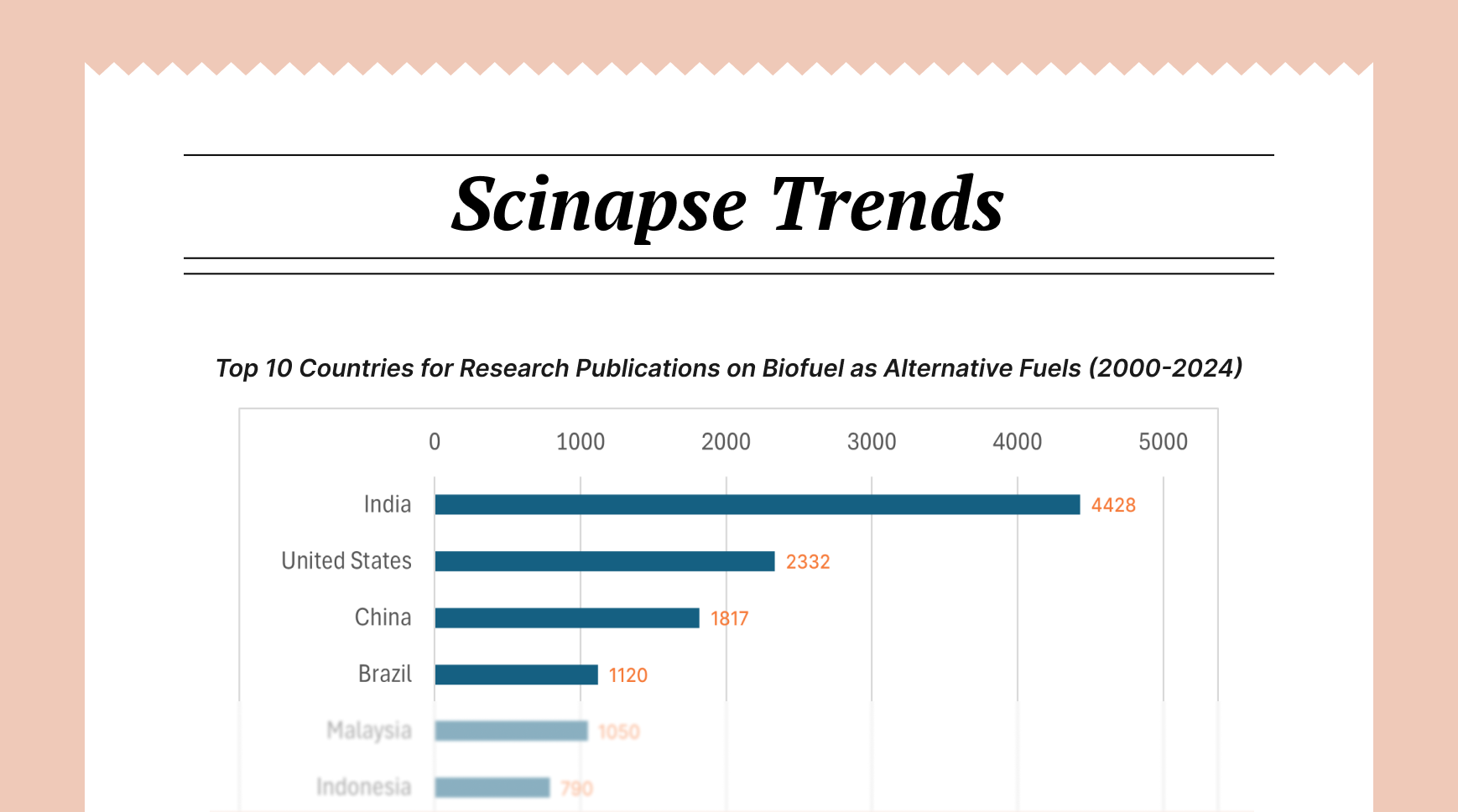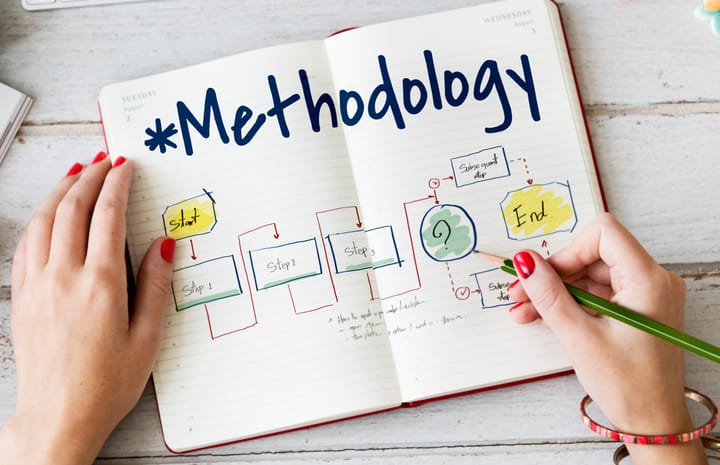Literature Review: A Comprehensive Guide for Researchers

What Is a Literature Review?
A literature review systematically analyzes and synthesizes existing research on a specific topic or research question. Unlike simple summaries, literature reviews evaluate the current knowledge landscape, identify patterns, highlight contradictions, and position your research within this broader context.
Literature reviews differ from annotated bibliographies by reorganizing information thematically, methodologically, or chronologically to create new insights rather than merely listing sources.

Why Literature Reviews Matter
Literature reviews serve several critical functions in academic research:
- Contextualize Your Work: Establish how your research connects to existing knowledge
- Identify Knowledge Gaps: Pinpoint areas requiring further investigation
- Build Theoretical Foundations: Develop frameworks that guide your research
- Inform Methodology: Gain insights from previous approaches
- Establish Credibility: Demonstrate expertise and subject familiarity
- Ensure Originality: Verify your research contributes new knowledge
Who Uses Literature Reviews?
Literature reviews appear across disciplines but are particularly prevalent in the sciences and social sciences as:
- Components of larger research papers, theses, or dissertations
- Standalone academic papers
- Background research for professionals staying current in their fields
- Essential elements in grant proposals or project plans
The Literature Review Process
1. Define Your Research Question and Scope
Start with a clear articulation of your investigation focus. Your question should be:
- Specific enough to guide your search
- Broad enough to find sufficient literature
Consider parameters such as:
- Time frame (recent or historical)
- Geographical boundaries
- Source types (journals, books, reports)
2. Search for Relevant Literature
Traditional Search Methods
- Library Databases: Access specialized academic resources
- Google Scholar: Search broadly across disciplines
- Citation Tracking: Follow references from relevant papers
- Journal Browsing: Explore leading publications in your field
Advanced Search Tools
Modern tools are transforming how researchers approach literature reviews. Scinapse represents the cutting edge of this technology, offering substantial advantages for literature searches.
Custom Mini Literature Reviews from Keywords
Scinapse allows researchers to generate tailored literature reviews by simply entering a few keywords related to their research focus. The system automatically curates a personalized review drawing from approximately 250 million papers, with a refined collection of 100 million quality-controlled publications. This functionality eliminates the need to manually sort through countless papers, providing instead a concise summary of the most relevant insights from recent years.
Research Trend Analysis
Scinapse provides a comprehensive analysis of emerging research directions within your field. The platform identifies patterns and developments across publications, helping researchers understand how concepts have evolved and where the field is heading. This feature is particularly valuable when entering a new research area or preparing grant applications that require demonstrating awareness of current trends.
Efficient Identification of Relevant Papers
The platform's sophisticated algorithms excel at finding truly relevant papers rather than simply keyword matches. Scinapse covers over 99% of Science Citation Index Expanded (SCIE) journals and integrates multiple public databases, including MAG, Pubmed, Openalex, and Crossref, supplemented by web-crawled data. This broad coverage ensures researchers discover connections and relevant works they might otherwise miss.
Time Savings Through Targeted Results
Perhaps the most significant advantage of Scinapse is the reduction in time spent on literature searches. Rather than spending hours or days combing through databases, researchers can bypass information overload by focusing only on the most relevant findings. This efficiency allows more time for actual analysis and writing.
When selecting AI search tools like Scinapse for your literature review, evaluate these important parameters:
Research Trend Analysis Capabilities
Look for tools that can identify patterns across publications and visualize how research in your field has developed over time.
Keyword Filtering Options
Effective AI tools should allow precise filtering by multiple keywords and concepts, with options for inclusion and exclusion terms.
Publication Year Filtering
The ability to focus on specific periods helps ensure your review reflects either the most current research or tracks historical development.
Institutional Affiliation Filtering
This feature allows you to identify research from specific universities or research centers, which can be valuable for finding specialized expertise.
Journal Filtering Options
Quality tools should let you narrow results to specific journals, particularly helpful when focusing on the most respected publications in your field.
Geographic/Country Filters
These filters help when research questions have regional specificity or when you want to understand the geographical distribution of research.
Citation Metrics Access
Tools should provide citation count information to help identify influential papers and understand their impact on the field.
Impact Factor Information
Access to journal impact factors provides another quality metric to help prioritize sources for your review.
3. Evaluate and Select Sources
Critically assess potential sources for:
- Relevance to your research question
- Author and publication credibility
- Methodological soundness
- Currency of information
- Citation frequency
4. Analyze and Organize Sources
For each source, consider:
- Key findings and arguments
- Methodological approaches
- Strengths and limitations
- Relationships to other literature
- Connections to your research question
Document bibliographic information and your critical analysis thoroughly.
Writing Your Literature Review
1. Introduction
- Open with the topic's significance
- Define your review's scope and purpose
- Outline your organizational framework
- Explain the review's importance
- Include a thesis statement previewing your main argument
2. Body
Organize logically using one of these approaches:
- Chronological: Trace topic development over time
- Thematic: Group by conceptual categories
- Methodological: Organize by research methods
For each section, provide:
- Key findings summary
- Critical analysis of strengths/weaknesses
- Synthesis showing relationships between studies
- Identification of patterns, gaps, or contradictions
3. Conclusion
- Summarize main findings
- Highlight your review's contributions
- Discuss implications for theory, practice, or policy
- Suggest future research directions
- Emphasize your review's significance
Writing Tips for Excellence
- Maintain Your Voice: Let your perspective guide the review
- Use Evidence: Support interpretations with literature evidence
- Be Selective: Focus on the most relevant points from each source
- Synthesize, Don't Just Summarize: Draw connections between sources
- Use Quotes Sparingly: Include direct quotes only when necessary
- Be Critical: Evaluate the quality and limitations of sources
- Avoid Plagiarism: Paraphrase carefully and cite accurately
- Revise Thoroughly: Present information concisely and clearly
Common Organizational Patterns in Literature Review
1- Chronological Organization
Traces topic development over time, showing how understanding has evolved. Ideal for topics with clear historical progression.
2- Thematic Organization
Group sources around key themes regardless of publication date. Helps highlight patterns and contradictions across the literature.
3- Methodological Organization
Group studies based on research methods, comparing different approaches to the topic.
Revising Your Literature Review
Focus on:
- Organization: Ensure logical structure
- Clarity: Express points clearly and concisely
- Flow: Create smooth transitions between sections
- Balance: Give appropriate attention to different aspects
- Consistency: Maintain a consistent citation style
- Accuracy: Verify correct source representation
Staying Current
Literature reviews should reflect current knowledge:
- Set up database alerts for new publications
- Revisit your review periodically during long research projects
- Document your search process thoroughly for reproducibility
Author: Uttkarsha B
- AI-Ethicist and STM Research & Publishing Expert
Never re-search again.
Scinapse is made by researchers for researchers.
Join the next generation of research at ⏯️ https://scinapse.io/
Pluto Labs
Pluto Labs helps researchers focus on their research by improving several inefficiencies in the academic research process. We offer data-driven insights from academic papers, allowing users to easily obtain review-level results for their desired range of papers.
https://pluto.im/





Comments ()